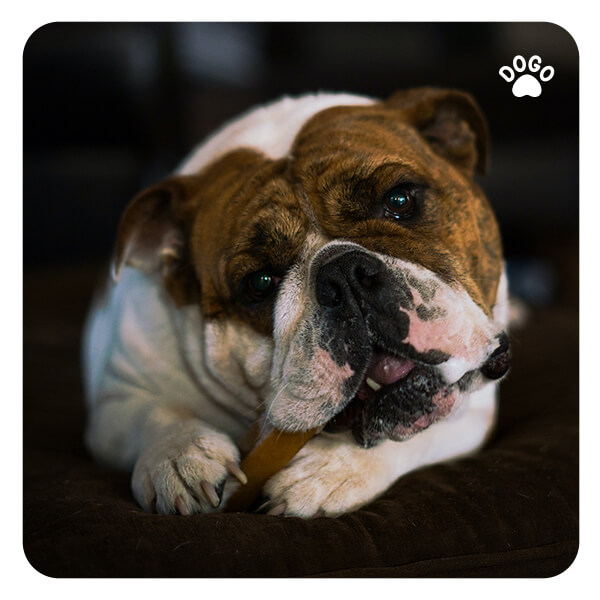 Bones can be a delightful treat for your furry friend, providing both entertainment and some essential nutrients. However, not all bones are safe for dogs. Giving your canine companion the wrong type of bone can lead to serious health issues. As a responsible dog owner, it’s crucial to know which bones are safe and which ones to avoid. Let’s explore the types of bones that are safe for dogs and how to ensure your dog enjoys them safely.
Bones can be a delightful treat for your furry friend, providing both entertainment and some essential nutrients. However, not all bones are safe for dogs. Giving your canine companion the wrong type of bone can lead to serious health issues. As a responsible dog owner, it’s crucial to know which bones are safe and which ones to avoid. Let’s explore the types of bones that are safe for dogs and how to ensure your dog enjoys them safely.
First and foremost, it’s important to recognize that not all bones are created equal. While some bones can be a source of essential minerals and nutrients for your dog, others can pose serious risks. Cooked bones, particularly those from poultry, can splinter easily and cause internal injuries when consumed. These splinters can puncture the digestive tract, leading to severe complications and requiring immediate veterinary attention. Therefore, it’s best to avoid giving your dog any bones that have been cooked.
Raw bones, on the other hand, can be a safer option for dogs. Raw bones are softer and less likely to splinter, reducing the risk of injury. Raw bones also contain important nutrients such as calcium and phosphorus, which contribute to your dog’s overall bone and dental health. When selecting raw bones for your dog, opt for larger, meaty bones that are appropriate for your dog’s size. These can include raw beef bones or raw lamb bones, which are less likely to splinter and provide a satisfying chewing experience for your dog.
When offering bones to your dog, it’s essential to supervise their chewing to ensure they are handling the bones safely. Some dogs may be overly enthusiastic chewers, leading to the risk of bone shards or choking. By monitoring your dog’s interaction with the bone, you can intervene if necessary and prevent any potential hazards.
It’s also important to consider your dog’s individual chewing habits and dental health. Dogs with dental issues or elderly dogs may not be suitable candidates for chewing on bones, as the hardness of the bone could exacerbate existing dental problems. Always consult with your veterinarian to determine whether bones are a suitable addition to your dog’s diet, taking into account their overall health and any pre-existing conditions.
In addition to raw bones, there are alternative options available that can provide similar benefits for your dog. High-quality dog chews and dental treats are designed to be safe and enjoyable for your dog to chew on, promoting dental health and providing a satisfying chewing experience without the risks associated with certain types of bones.
As a responsible dog owner, it’s crucial to prioritize your dog’s safety and well-being when considering treats such as bones. By understanding the potential risks and benefits associated with different types of bones, you can make informed decisions about what is best for your furry companion. Remember, when in doubt, always consult with your veterinarian to ensure that the treats you offer align with your dog’s individual needs and overall health.
In conclusion, while bones can be a source of enjoyment and essential nutrients for dogs, not all bones are safe for consumption. Raw bones, when chosen carefully and offered under supervision, can be a suitable option for some dogs. It’s essential to prioritize your dog’s safety and well-being when considering treats such as bones, and always seek professional guidance when in doubt. By being mindful of the types of bones you offer and your dog’s individual needs, you can ensure that your canine companion enjoys their treats safely and happily.[/fusion_text]



